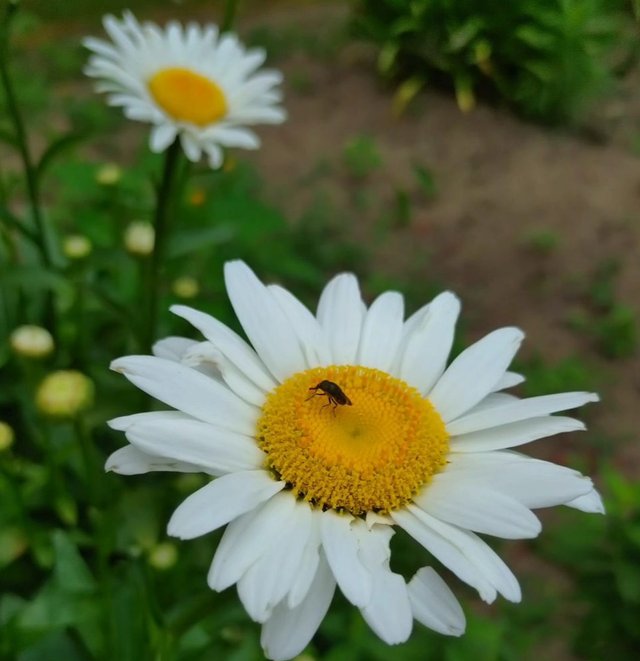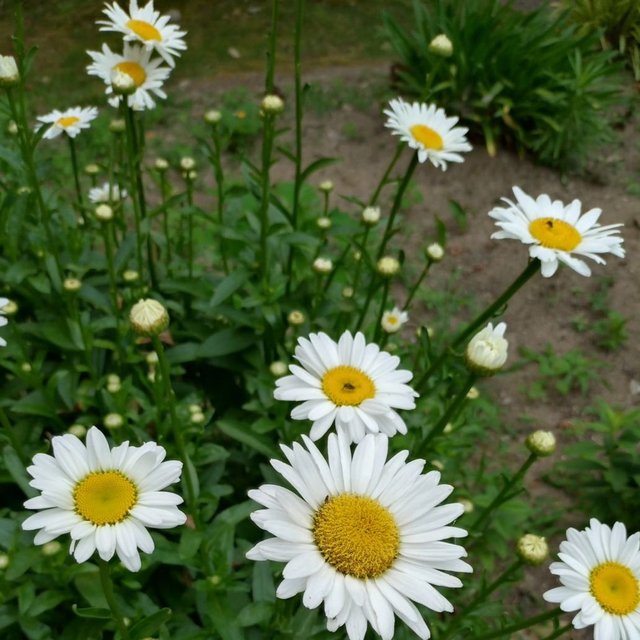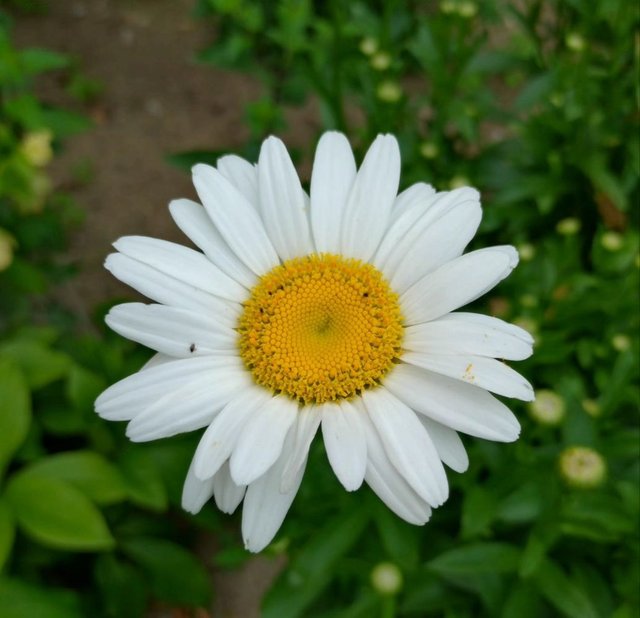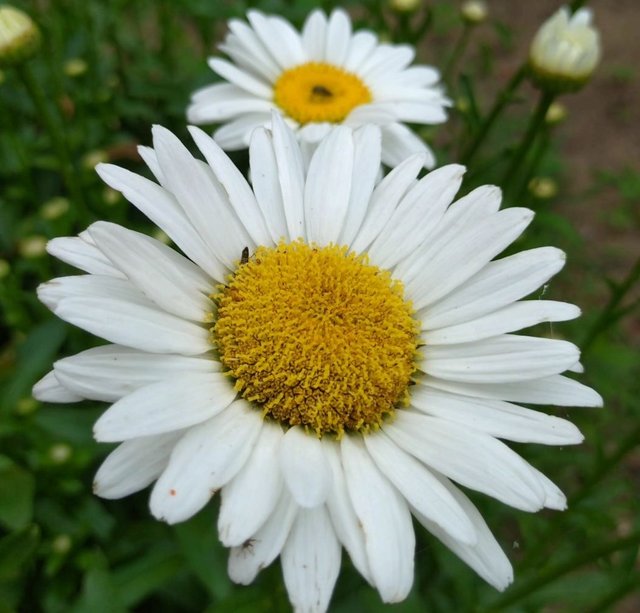Common Daisy Flower So Amazing
The common daisy, known scientifically as Bellis perennis, is a charming and ubiquitous flower that graces gardens, meadows, and lawns across much of the world. Despite its simplicity, the daisy holds a special place in the hearts of many and carries a rich tapestry of cultural, historical, and botanical significance.
Botanical Overview
The common daisy is a herbaceous perennial plant belonging to the Asteraceae family, which also includes sunflowers, chrysanthemums, and asters. Characterized by its small stature, it typically grows to a height of 2-8 inches. The daisy's most recognizable feature is its flower head, which consists of a central cluster of tiny yellow disc florets surrounded by a ring of white ray florets. This structure, known as a composite flower, is a hallmark of the Asteraceae family.
The leaves of the common daisy are simple, spatulate, and form a basal rosette at the plant's base. Each leaf can be up to 3 inches long, with a slightly toothed or crenate margin. The flower stems are unbranched and slightly hairy, supporting a single flower head.
Habitat and Distribution
Native to Europe and western Asia, the common daisy has successfully naturalized in many parts of the world, including North America, South America, Australia, and New Zealand. It thrives in a variety of habitats, from well-manicured lawns to wild meadows, roadside verges, and grassy wastelands. The daisy is remarkably resilient, able to tolerate a wide range of soil conditions and climates, although it prefers moist, well-drained soils and full sun to partial shade.
Reproduction and Growth
The common daisy reproduces both sexually, through seed production, and asexually, via vegetative propagation. Each flower head can produce numerous seeds, which are dispersed by the wind or animals. These seeds germinate readily, often leading to the rapid colonization of new areas.




